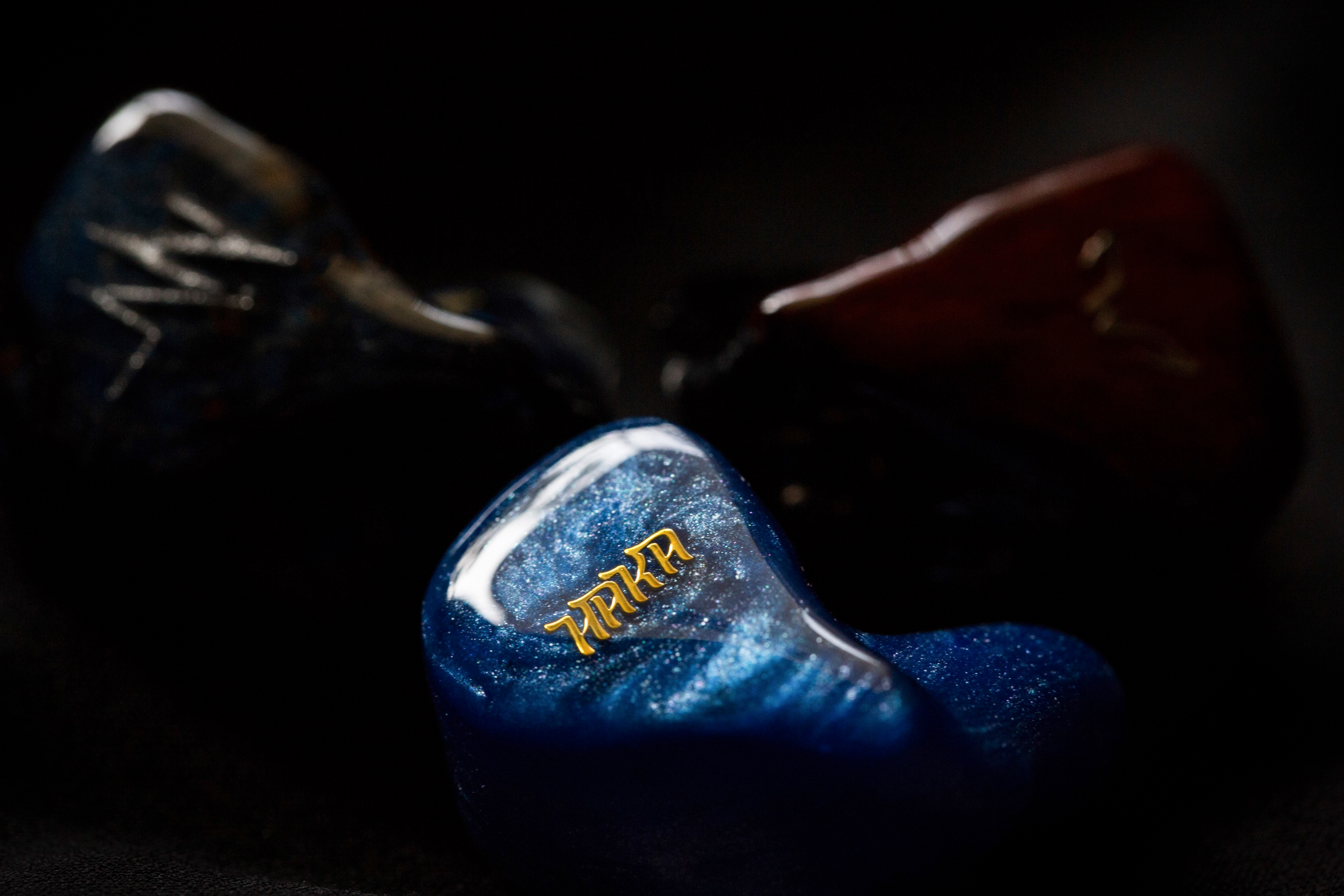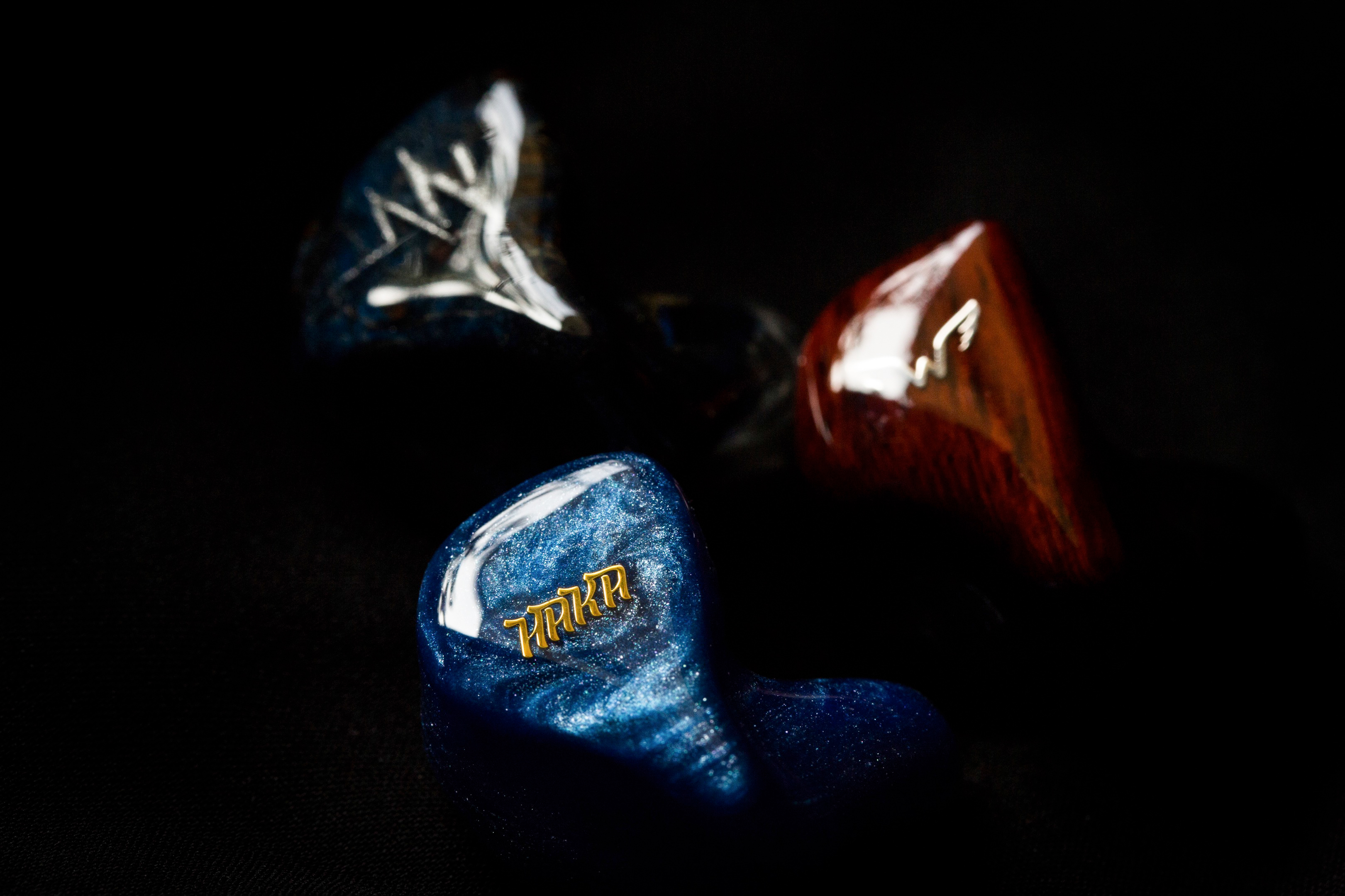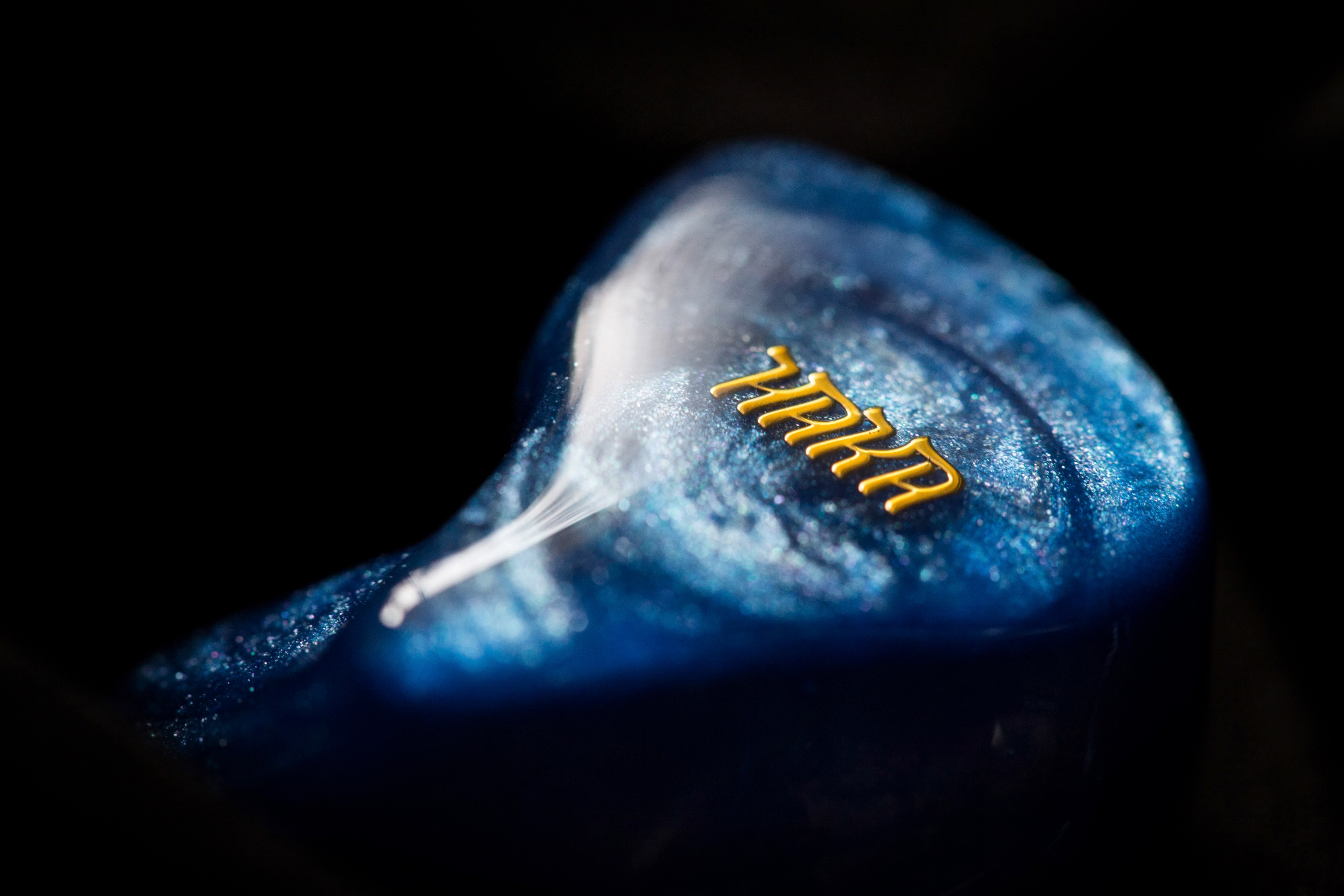Select Comparisons

Warbler Audio Prelude ($1099)
The Prelude is another single-driver stunner from Turkish manufacturer, Warbler Audio. Like the Haka, the Prelude is very much a proprietary product, except its innovations take place around the driver; instead of within it. Although both monitors pursue wildly different ideologies – timbral accuracy for the Prelude, and versatility for the Haka – they arrive at their respective signatures with surprising similarities and very telling deviations. In presentation, the Warbler Audio in-ear is immediately more intimate, romantic and full-sounding compared to the Haka. Their stage dimensions aren’t too far off, but the Prelude’s forwardly-placed midrange and accentuated mid-bass occupy this space to a greater degree. The Haka allows more space around its instruments, but it sounds shier and less engaging as a result. Both in-ears exhibit great speed, rendering both their stages relatively clean, stable and well-resolved.
The Prelude’s low-end is mid-bass-inclined, comprised of dense, warm and gorgeously-textured hits with excellent definition and separation. The Haka’s is less defined and more tonally neutral, but its superior speed makes way for a cleaner stage. The Prelude’s low-end is more life-like in tone and decay, but the Haka absolutely beats it in extension; providing rumble and physicality that the Prelude simply can’t compete with. The Prelude’s bass is better heard, while the Haka’s is better felt. The midrange is probably where the two are least alike. The Haka lacks the Prelude’s forwardness, texture, power and note size, but it gives the Warbler Audio flagship a run for its money in tone and delivery. The Haka provides admirable tonal balance and constant smoothness, even if its articulation isn’t as graceful as the Prelude’s; a result of their contrasting positions at 5kHz. Though, the Haka’s decision to employ a lower-midrange dip gives it a blacker background, a more airy instrumental presentation and superior transparency.
Both monitors share a relatively linear upper-treble. The Haka’s lower-treble peak is its main source of articulation, while the Prelude’s resides in the middle-treble. As a result, the former’s interpretation of clarity is thinner and wispier, while the latter’s is thicker, meatier and more shimmer-inclined. Both emit similar amounts of energy, but they emphasise different harmonics. In cymbal crashes or open hi-hat hits, the Haka’s response is more tss… tss… while the Prelude’s interpretation sounds closer to tsh… tsh… Nevertheless, excellent speed on both allows either tuning to sound relatively clear (despite the relaxed upper-treble), so it’s simply a matter of preference. The Haka’s treble exhibits superior extension though – resulting in its blacker background – and the two trade blows in micro-detail retrieval and authority.

Nocturnal Audio Avalon (S$629)
Also hailing from the cityscapes of Singapore, Nocturnal Audio is another promising up-and-comer in the CIEM industry. Their Avalon is the Haka’s most direct competitor in the sub-S$1000 price range; equipped with a number of the company’s in-house tweaks. Dubbed AEX technology, the Avalon comes packed with unique cross-over networks, specially-treated sound tubes and a solid capacitor for high-pass filtering. This innovation promises a clean transition between the bass and the midrange, as well as a fun, dynamic signature.
Sonically, the Avalon employs similar – albeit significantly exaggerated – peaks and humps as the Haka, along with additional peaks along the mid-bass and upper-treble. As a result, both monitors share several spatial qualities. Instruments on both are neutrally-placed with average-sized notes, but the Avalon’s are thinner and crisper due to the upper-treble peak. This aberration also means the Avalon has the cleaner stage – with a greater contrast between notes and the background – even though headroom is similar between the two. Soundstage expansion – again – leave the two within spitting distance, but the Avalon has the edge in width, while the Haka has superior depth.
The Haka and the Avalon have similarly accentuated low-ends. But, the latter has more mid-bass energy which adds thump-y-ness to tracks. The Haka’s is more versatile, polite and clear. Plus, its linear timbre also proves better-suited towards instrumental reproduction. The two monitors share a lower-midrange valley, but the Avalon’s is more exaggerated. As a result, instruments on the Avalon sound thinner and drier, even if they’re relatively cleaner by comparison. They then rise similarly in the presence region, but the Avalon – again – has a sharper rise at 6kHz. Vocals are – at this point – much more articulative, but also considerably more fatiguing. The Haka’s smoother delivery is a tad less engaging; lacking a smidgeon of texture. But, it’s infinitely easier to listen to, especially over long periods of time.
The treble region is where the two completely diverge. While the Haka settles after its lower-treble peak with a linear – but well-extended – drop-off, the Avalon has an extra rise around 11-12 kHz. This further increases its transient response, which translates to clarity, air and articulation. This’ll make the Avalon seem more detailed and clean. But, in actuality, both monitors retrieve similar amounts of detail and exhibit similar levels of resolution, even if the Haka is more subtle in its delivery. More crucially, this upper-treble peak significantly decreases the Avalon’s long-term comfort. Exaggerated contrast between the Avalon’s extremes allow for a fun – albeit short – listening experience, while the Haka is better geared for extended sessions; calmer and more restrained, but more rewarding in the long run.
Verdict
The Haka is Jomo Audio’s most ambitious release yet. Despite the limiting nature of single-driver in-ears, Joseph Mou – with the help of proprietary technology – has succeeded in his pursuit of ultimate coherence; delivering an immensely versatile monitor that balances fun, smoothness and accuracy in equal measure. In many ways, the Haka is an understated product. It exhibits none of the industry’s tropes; neither a dynamic mid-bass nor a crisp, crystalline treble. And yet, achievements in linearity, speed and headroom have resulted in a sonic palate alluringly musical, immaculately smooth and outstandingly homogenous at every turn. It’s the singular, powerful sound Joseph Mou had slaved to achieve, and it’s why the Haka is such a wonder at any price (though, the one it is in makes it all the more impressive). Kudos to the Jomo Audio team for their latest triumph, and I can’t wait to see what they have in store for the future.



